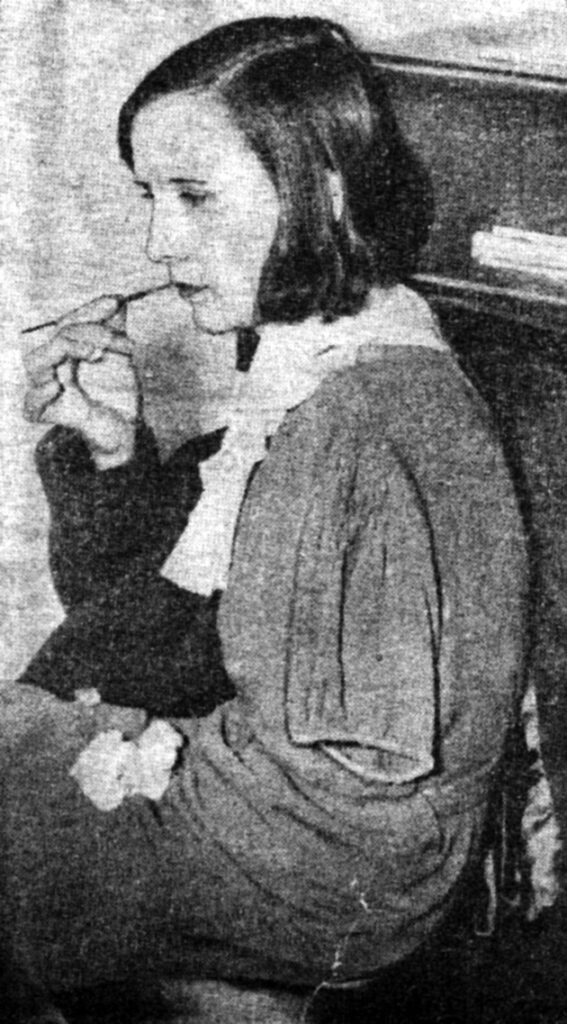by Margaret Dedloff
(En Español)
Radium is a radioactive metal that can be found naturally in the environment. Radium was discovered in 1898 by Marie and Pierre Curie, and its discovery led to Marie Curie becoming the first woman to win a Nobel Prize.
Radiation is energy that travels at very fast speeds, and radium emits radiation in three forms: alpha particles, beta particles, and gamma rays. Each form differs based on its ability to go through different materials and how harmful they are to humans. Alpha particles cannot pass through paper and are only harmful if ingested. Beta particles can pass through paper and skin, so exposure to beta particles can be harmful. Gamma rays can pass through very thick surfaces and are the most dangerous form of radiation. Exposure to radium can cause many health issues such as anemia, cataracts, broken teeth, and cancer.
Radium has had many uses throughout history. In the 1900s, radium was thought to have health properties. As a result, tit was added to many different food and hygiene products, like toothpaste, and it even was used to treat cancer. An interesting property of radium is that it glows in the dark. For this reason, it was also used to paint watches, clocks, and instrument dials.
As World War I began, there was an increased need for military watches and switches that were able to be seen in the dark. To address this need, factories opened across the United States and hired young women to paint watches and clock faces with radium paint. These jobs were well-paying and were specifically targeted towards young women due to their smaller hands being able to better paint the detailed watch and dial faces. In order to paint the numbers on the watch faces, the factory workers were told to lick their paintbrushes to make a fine tip. This resulted in them ingesting a lot of radium paint.

As a result, the dial painters’ teeth and mouths would glow from the radium paint. The dial painters would also rub radium in their hair and on their clothes to make them glow when they went dancing after work. These women became known as “ghost girls” because of the eerie glow of the radium. When the workers asked the factory managers about the safety of the radium, the managers assured them that the radium was perfectly safe, despite knowledge to the contrary.
Eventually, several of the dial painters began experiencing health issues due to the radium. In the case of Amelia “Mollie” Maggia, her issues started with a toothache that quickly developed into bleeding ulcers in her mouth. Eventually, her jaw had to be removed and she passed away due to the radium exposure. A pattern began to emerge where dial painters would fall ill and pass away due to radium exposure. The factory management denied any connection between the illnesses experienced by the dial painters and their work with radium paint. Finally, a test was developed that could prove that the illness the girls were experiencing was radium poisoning.
Several of the former dial painters, including Catherine Wolfe Donohue, sued the factories for putting them at risk. The cases led by the dial painters were some of the first that held companies accountable for the health and safety of their workers. Furthermore, the radium girl cases led to the development of the United States Occupational Safety and Health Administration (OSHA), which makes regulations to keep employees safe in the workplace. For example, OSHA mandates that employers must provide appropriate protective equipment to workers at no cost and that workplaces must create emergency action and fire prevention plans.
The profound legacy of the radium girls has contributed to the protection of employees’ health and safety in the workplace for nearly a hundred years. Their stories should not be forgotten.
